The Great Barrier Reef Diving Guide
The Great Barrier Reef is the largest living structure on the planet, stretching 2,300km along Australia's eastern seaboard.
Diving holidays on the Great Barrier Reef
This UNESCO World Heritage Site attracts 1.5 million visitors annually, many of whom specifically visit the Great Barrier Reef to snorkel or for a diving holiday.
Diving holidays in Australia are a popular choice as the abundant marine life and the clear, shallow waters make the Great Barrier Reef one of the world's premier dive areas.
However, asides from Great Barrier Reef diving tours, there are many other ways to enjoy this natural wonder - including boat trips and scenic flights.
Read on to find out more on how to get the most from your Great Barrier Reef holidays…
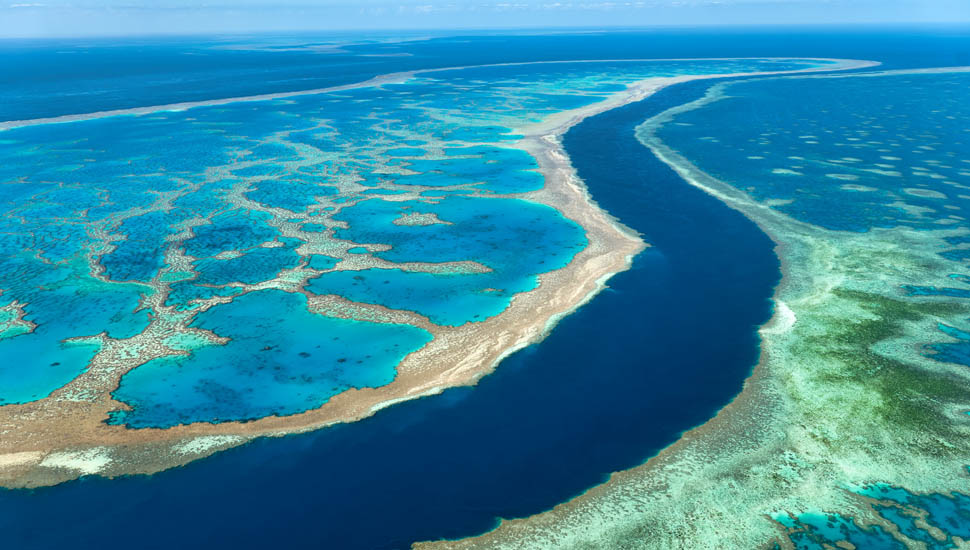
More on the Great Barrier Reef
The reef's corals are colonies of creatures that excrete calcium carbonate, which further grows the corals. The colour of each coral comes from the algae that live inside.
Bleaching has damaged some areas of the reef. This process occurs when the water is too warm, causing coral polyps to expel the algae that live inside their tissues, causing them to turn white. Global warming has been blamed for this phenomenon.
Cyclones in recent years have also laid waste to large areas of the reef. The related storm pattern changes have also been attributed to climate change.
While organisations are working on ways to restore damaged reefs - such as creating coral nurseries - the entire reef is under long term threat.
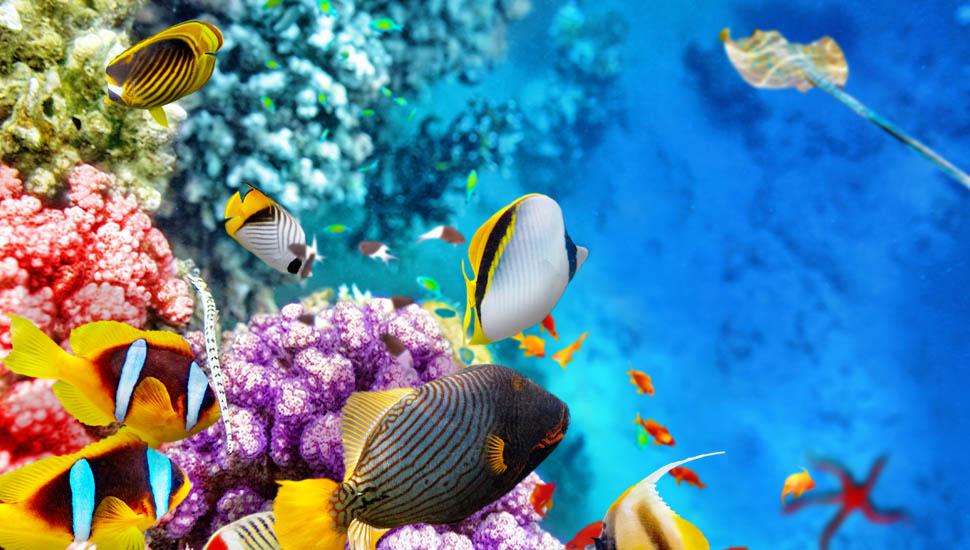
Diving and snorkelling on The Great Barrier Reef
Under the warm waters off Australia's eastern coast is a realm far removed from that of humanity: a kaleidoscopic array of corals and sea creatures, from sea cucumbers to angelfish, from turtles to reef sharks.
Scuba diving the Great Barrier Reef gives you the best opportunity to witness this stunningly beautiful undersea universe, although snorkelling can also be extremely rewarding in the right spot.
Great Barrier Reef diving and snorkelling cruise: Types of dive boat trips
The diving tourist industry on the Great Barrier Reef is very well developed, with options for most budgets.
Cheap dive boat trips
At the cheaper end for your Barrier Reef diving holidays, there are day dive/snorkel trips, starting at around $150 AUD.
More expensive dive boat trips
Mid-range or overnight tours start at around $300 AUD, while high-end, multi-day dive boat trips on the Great Barrier Reef could run into the thousands.
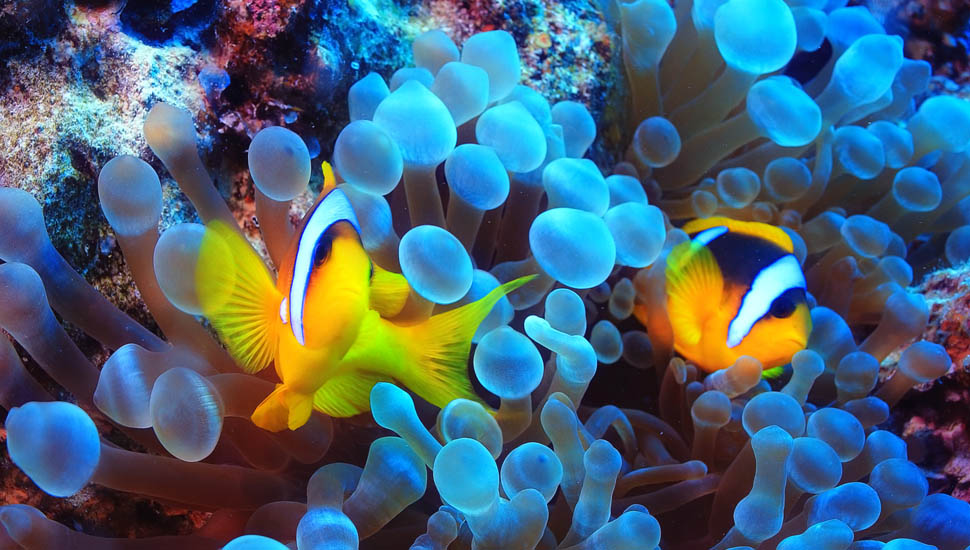
Benefits of an overnight dive trip on the Great Barrier Reef
Paying a little more for an overnight trip means you'll get the chance for scuba diving the Great Barrier Reef in the morning when the waves, wind, current and - crucially - visibly are much better.
You may also have the option of a night dive during your Great Barrier Reef holidays, which while a little scary, can be hugely rewarding; you'll only be able to see what's in your torch beam, which heightens your senses.
Benefits of a backpacking dive trip on the Great Barrier Reef
Australia is a mecca for backpackers, so it's little wonder there are many backpacker-focused Great Barrier Reef diving/snorkelling trips. These often involve overnight stays, with plenty of partying in the evening.
Backpacker snorkelling/dive trips tend to be priced in the mid-range.
What's included in most Great Barrier Reef diving/snorkel trips?
No matter how much or how little you pay for your Great Barrier Reef diving/snorkel trip, you'll generally be given dive/snorkel gear as part of the deal, as well as food and drink.
Some alcoholic drinks might cost more.
Getting Your PADI Diving Certificate
If you don't have your PADI diving certification yet, you can normally get yours during your drive trip. However, before your trip takes place, you'll need to pass the PADI exam and be able to meet a certain level of fitness.
PADi certification courses cost around $200-$250 on top of the dive trip cost.
Many dive trips also offer night dive certification for an additional fee.
Free dives on the Barrier Reef?
Some dive boats will let you dive for free in exchange for carrying out tasks on the boat - from cleaning to taking care of guests.
Usually you need to be an Advanced certified diver or higher.
These volunteer opportunities often involve working on boats where guests are paying higher prices - which means they are taken to the very best dive locations on the reef.
Reef Tax and Fuel Levy - AUD $20 per day
This additional fee is collected for each day you are aboard a tourist boat on the Great Barrier Reef.
Funds help reef conservation efforts.
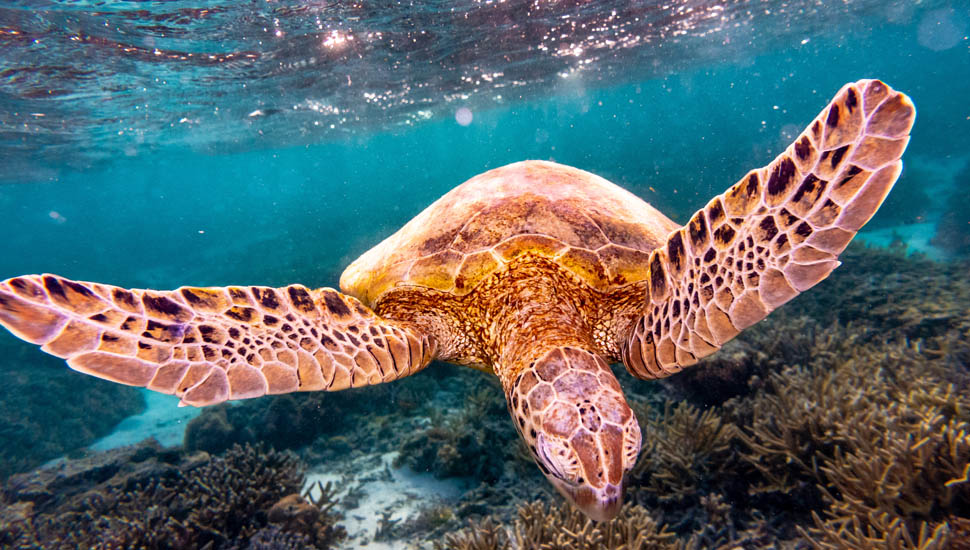
Cairns: Great Barrier Reef diving
Cairns is the Gateway to the Great Barrier Reef.
The Outer Barrier Reef from Cairns is just a 90 minute boat ride or a 30 minute helicopter flight, making it the ideal base for your Great Barrier Reef diving trip.
Due to the close proximity to the mainland, many Cairns diving day trips are offered here.
The Outer Barrier Reef also has many dive sites that are beginner friendly, making it the most frequently visited area of the Great Barrier Reef.
Best dive spots on the Great Barrier Reef
Scuba diving in Australia is an exhilarating experience.
Great Barrier Reef scuba diving tours from Cairns offer plenty of opportunities to dive various areas of the reef.
Several reefs are very close to shore and accessible on Cairns day diving trips, including: Milln, Moore, Hastings, Thetford, Briggs, Upolu, Paradise and Michaelmas Reefs, to name just a few.
The following dive spots are all best accessible from Cairns.
Ribbon Reefs
There are ten reefs that make up what is called the Ribbon Reef plus a number of small Bommie and other reef outcrops.
The only day boats that visit the Ribbon Reefs are from the uninhabited national park, Lizard Island.
There is a small airstrip that transfers visitors from Cairns and back, in order to take a day diving trip from the island.
Some of the best dive sites you will find at the Ribbon Reefs include:
1. Challenger Bay, Ribbon Reef
See: trevally and surgeonfish; great for night diving.
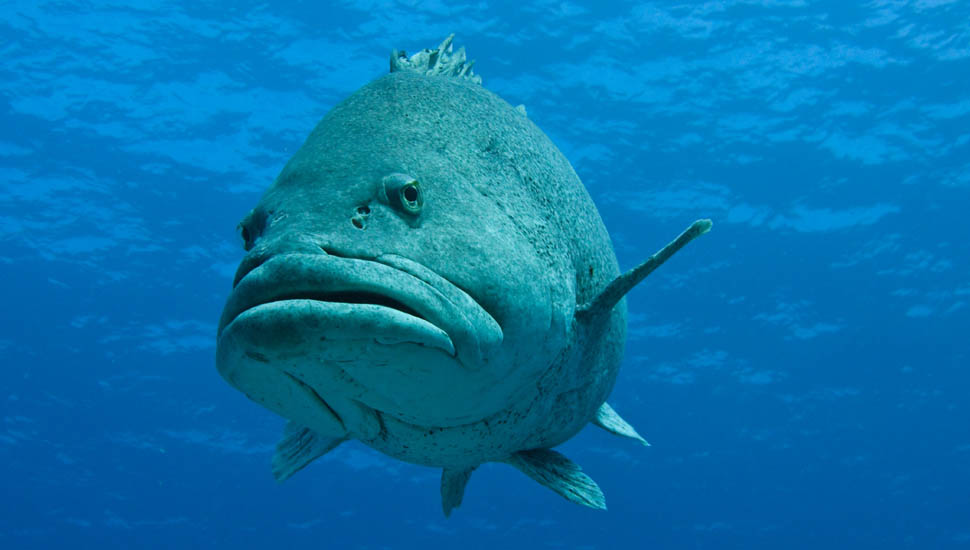
2. Cod Hole, Ribbon Reef
See: friendly potato cod - these huge fish are great if you enjoy underwater photography/videography.
3. Steve's Bommie, Ribbon Reef
See: stonefish, frogfish and leaf scorpionfish.
4. Acropolis, Ribbon Reef
Sadly hit by a recent cyclone. In top form it offers amazing coral reef scuba diving experiences with plate and antler corals and colourful reef fish.
5. Lighthouse Bommie, Ribbon Reef
See migrating minke whales during Australia's winter months.
Osprey Reef
Osprey Reef is the most northerly of the reefs in the Coral Sea, situated nearly 350km from Cairns.
Due to its remoteness, access to the Osprey Reef is restricted to high-specification Australian liveaboard boats with rigorous safety standards only.
Around the Bend, Osprey Reef
A great drift dive area with a popular manta cleaning station and a coral grotto teeming with life.
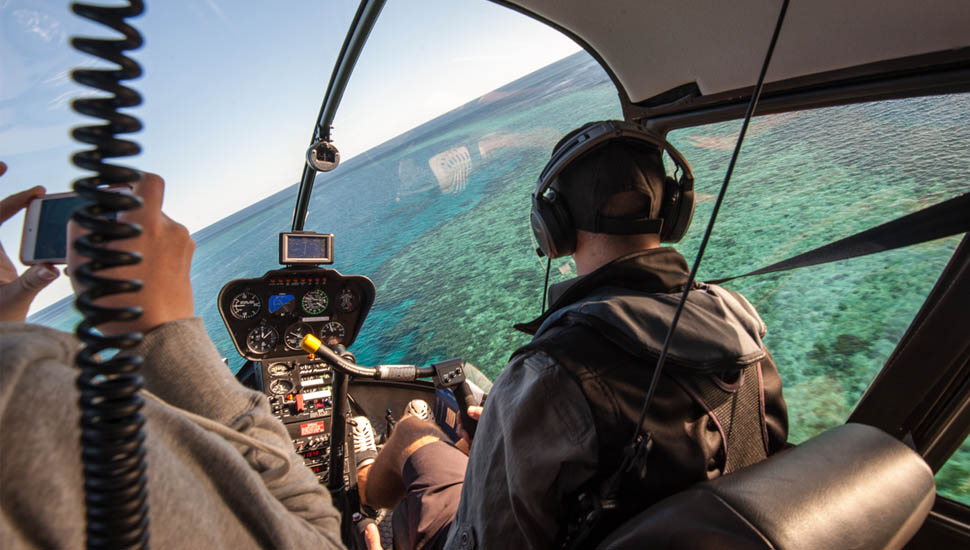
Best time to visit Cairns Great Barrier Reef
Great news! It is possible to dive the Great Barrier Reef all year round, and at any time you will find an abundance of marine life.
Many scuba divers consider the very best time to dive the Great Barrier Reef to be from August to November as these are the months with the greatest water visibility and the least wind and rain.
Cairns has 2 distinct seasons, the wet season and the dry season.
Cairns Wet Season dive trips
From December to May Cairns receives most of its annual rainfall and has quite high day time temperatures and humidity.
As such, this is generally considered the low season - which means there are more likely to be some great diving offers available!
Cairns Dry Season dive trips
The ‘dry' season from June to November experiences lower day time temperatures, humidity and generally, much less rainfall.
This is the high season, so there are more visitors and less availability on the dive boats so it's best to book ahead at this time of year!
Great Barrier Reef sharks
If you’re wanting to see sharks during your Barrier Reef diving holidays, then there is a high possibility that your wish may come true.
There are more than 130 species of shark living on the Great Barrier Reef, with Whitetip reef sharks and blacktip reef sharks being the two most common species of shark found on the reef.
You are likely to see more sharks if you visit the outer reefs.
Best time to see whales and sharks on the Great Barrier Reef
If you want to see humpback whales and dwarf minke whales you should arrange your dive trip to the Great Barrier Reef for July and August, whilst manta rays and hammerhead sharks visit the Coral Sea from April to September.
8 tips for diving the Great Barrier Reef
- Make sure you go with a company that has many dive permits. That allows them to choose the best dive site based on the conditions and change reefs if one might be too popular.
- Make sure you know what’s included in the price! Drinks? Lunch? Generally, all the diving equipment is included, too, but do check, just in case.
- Consider renting a dive camera if you don’t have one. Most of the larger boat companies offer dive camera rentals.
- Book an overnight trip to enable you to dive the Great Barrier Reef in the morning when visibly is much better.
- Consider a multi-day trip if you’re a seasoned diver. You’ll get much more time on the reef and be able to visit different areas.
- Look for opportunities for free dives in exchange for helping on boats.
- Arrange medication in advance, if you’re prone to sea sickness, so you don’t get sick and have to miss your dive.
- Make sure your travel insurance covers diving before you go on your Great Barrier Reef diving holiday.
Helicopter tours
If you want to see the glory of the Great Barrier Reef from above, consider a helicopter trip.
Helicopter tours are also ideal if you don't fancy getting in the water, or don't have your PADI license for a dive trip on the reef.
Does Start Travel offer insurance for scuba diving?
Start Travel offers the following coverage for scuba divers:
- Scuba diving (unqualified, maximum depth 9 metres if supervised) under 14 days per trip
- Scuba diving (qualified, maximum depth 30 metres) under 14 days per trip